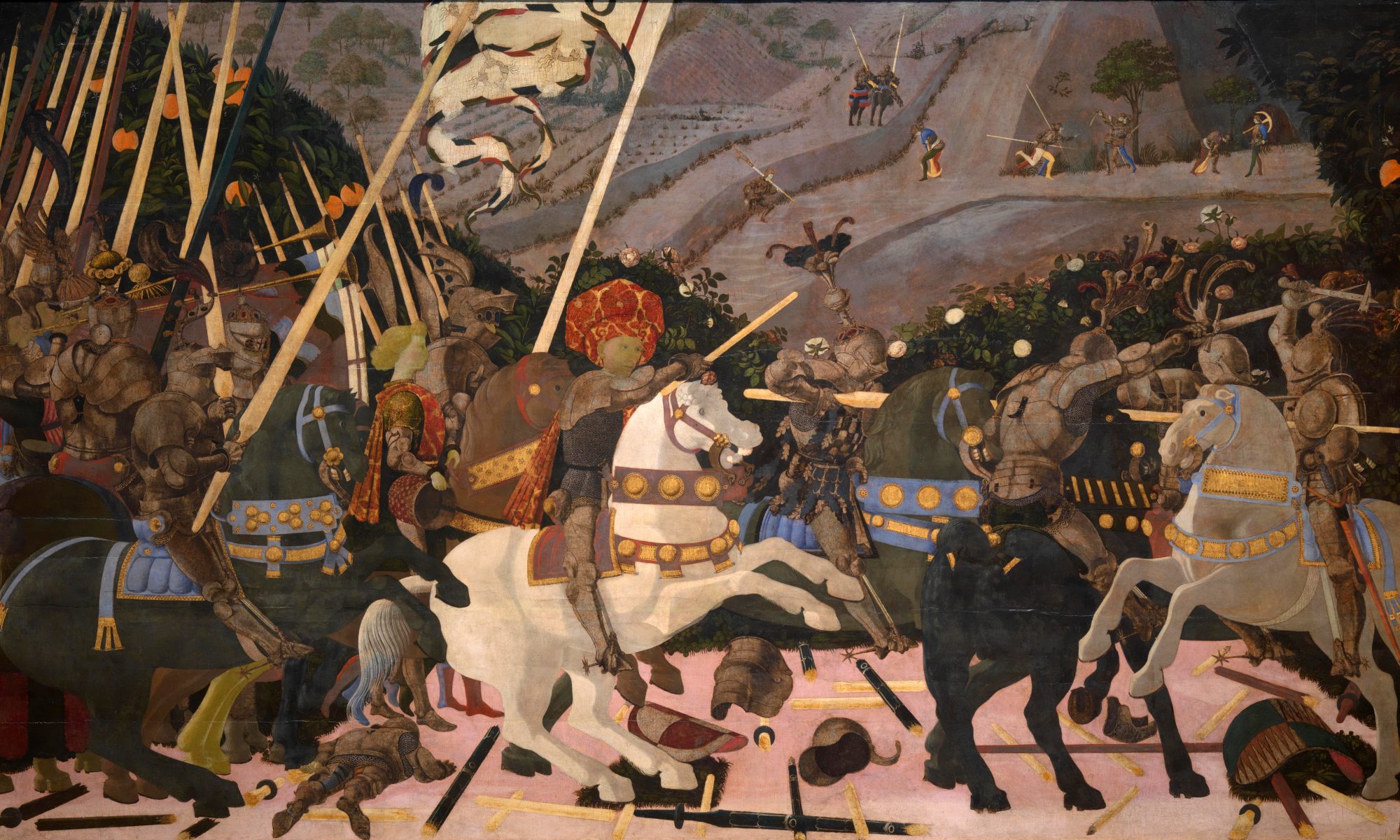
- Author: Mark Galeotti
- Illustrator: Darren Tan
- Short code: CAM 332
- Publication Date: 21 Feb 2019
- Number of Pages: 96
- https://ospreypublishing.com/kulikovo-1380
The history of medieval Russia is one of the most interesting portions of medieval studies. However it is chronically understudied in English and those books that are not in Russian are almost as inaccessible
Osprey itself has something of a history of trying to make this subject easier to approach. Older studies on the battle of Lake Peipus, and various Men at Arms books on Russian medieval armies were written by David Nicole and illustrated by the great Angus McBride.
It is a great pity that most of us are left with online sources in order to read about pre Romanov Russia. But thankfully Osprey continues to champion difficult to reach Military history and has done so with their new title of Kulikovo, written by Mark Galeotti.
As every campaign title should, Kulikovo allows a reader to gain a basic appreciation of warfare in a specific time period through a single battle. The author has consulted the medieval Russian odes, and histories to not only reconstruct a pivotal battle in medieval history but to make us aware of a founding moment in Russia’s popular mindset.
All through her history, wether Tsars or Comissars, Russian history has always been able to be moulded to the times that needs it. No orthodox Tsar or metropolitan wanted to admit that Russian nobles had colluded with the mongols and fought against them during the convoluted era known as ‘the mongol yoke’.
Indeed the Romanovs tended to set Russian history aside in favour of the study of Europeanism. Yet the grand princes of Muscovy were lionised into popular hero’s in folk tradition, that carried down through to soviet times.
You’d wouldn’t think the communists would be terribly proud of the feudal legacy left to them by their highly religious medieval past. However the pseudo democratic states of medieval Russia and their aggressive campaigns against invaders of differing ideologies, served as a perfect canvass to paint an inspiring portrait of the timeless virtues of the Russian people.
Though we are mostly familiar with the argument that Russia saved Europe from domination twice, first in 1812 and then in WW2, there was an earlier event in 1380 which Russia can assert as the origin of their claim to be the ‘shield of Europe.’
As the Mongol Yoke began to slacken, the great princes of Russia began to assert themselves. Grand Prince Dmitry of Moscow took his opportunity of apparent Mongol weakness to refuse to pay tribute to, Mamai, leader of the Golden Horde.
The Mongols responded by marching to crush Moscow. Dmitry gathered an army of disparate princes and boldly opposed Mamai. It was no mere bravado however, Dmitry was a skilled organiser and an adept tactician. His strategy in the battle of Kulikovo, seen within the times, was a mixture of defence in depth and envelopment.
Fought on 7 September 1380 the fight marks Prince Dmitry as one of the most talented medieval generals in history. It is seen today as the birth of Russia as a distinct power. Mark Galeotti cuts through the legendary devices of prose, legend and poem to reconstruct this pivotal 14th century battle.
With concise, fascinating detail the armies are surveyed, and the images have been well selected. The maps are clear and though it might be said that this book has been written more with an eye to explaining modern Russia than medieval Russia, it is an excellent retelling of a military campaign.
The full colour artwork is provided by Darren Tan. His scenes show, without need for elaboration why this period of history is so rich and inspiring to students, scholars and wargamers. The best being the cover art of the main battle where the ‘phoney Dimitry’ is killed during the crisis of the battle. But I won’t give too much away.
It is easily one of my favourite Osprey’s this year. Josh.



You must be logged in to post a comment.